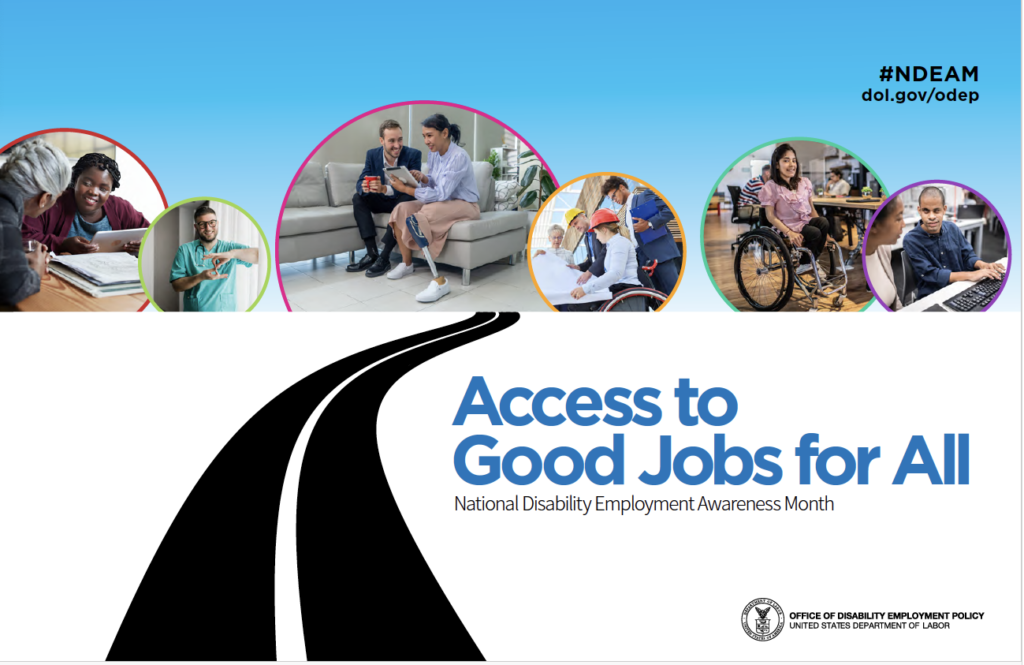
There’s been an accelerating trend amongst organizations, large and small, to cut and/or eliminate some (or all) of their stated commitment to Diversity, Equity & Inclusion. A recent letter sent and co-signed by twenty civil rights organizations to Fortune 1000 companies put it this way:
“These shortsighted decisions make our workplaces less safe and less inclusive for hard-working Americans.”
Often, in the minds of right-leaning and conservative politicians, influencers and a certain segment of a US political party, DEI has become “shorthand” for anyone who is “non-white.” We hear the dog whistles (and sometimes the blaring foghorns) when individuals are referred to as “DEI hires.” Or, another popular phrase along the line of “an organization/government agency has gone ‘woke’ and now they only want DEI hires.”
These comments are then latched onto by individuals with no concept of why, precisely, an organization commits to DE&I. There are also, most certainly, folks who are simply afraid that “an other” will receive support that in their mind THEY won’t receive.
But DE&I commitments benefit everyone working in an organization while also acknowledging that there are still people who remain on the margins.
*****
The Centers for Disease Control (CDC) estimates that approximately 61 million people in the US have a physical or mental disability. “Disabled,” of course, means many things but generally refers to a person with any significant physical, cognitive, mental health, learning, hearing, seeing, or communication impairments.
In 1945, for the first time, the United States set aside a national week to recognize the contribution of people with physical disabilities. In 1988, Congress expanded the commemoration to a full month and the created NDEAM – National Disability Employment Awareness Month. Then, in 2021, we saw the creation of the Office of Disability Employment Policy (ODEP).
The World Health Organization reports that approximately 15% of the global population experiences some form of disability. However, the representation of individuals with disabilities in the workforce is markedly lower than that of their non-disabled counterparts. In the US, approximately 21% of people with disabilities are employed, while about 65% of those without disabilities are in the workforce. This gap underscores the critical necessity of prioritizing disability inclusion within DEI initiatives.
Unfortunately, mis-characterization of the true meaning and intent of DE&I, has led to the shuttering of departments, programs and offices in organizations and universities…harming additional individuals who could benefit from understanding, support, resources and acknowledgment of their worth and value as human beings intent on contributing the the success of their organization.
In the Workplace
Disability inclusion can include things like:
- Recognizing and addressing barriers that prevent people with disabilities from full participation in society and at work.
- Ensuring that programs, facilities, technology, and services are accessible to all.
- Avoiding the use of disability-related terms as insults or to express criticism
Companies can also a participate in the Disability Equality Index – a benchmark that helps companies build a roadmap of actions to improve disability inclusion.
As with anything this should not be a “one month per year” endeavor; celebrating the value and talent workers’ with disabilities add to the workforce – and to our society – should be all year round.
*****
Resource: Office of Disability Employment Policy (ODEP) – National Disability Employment Awareness Month 2024
